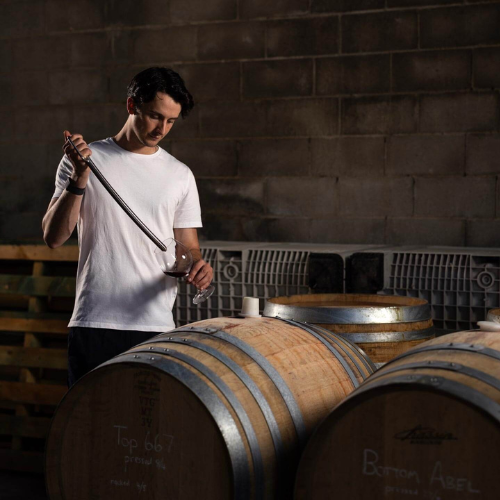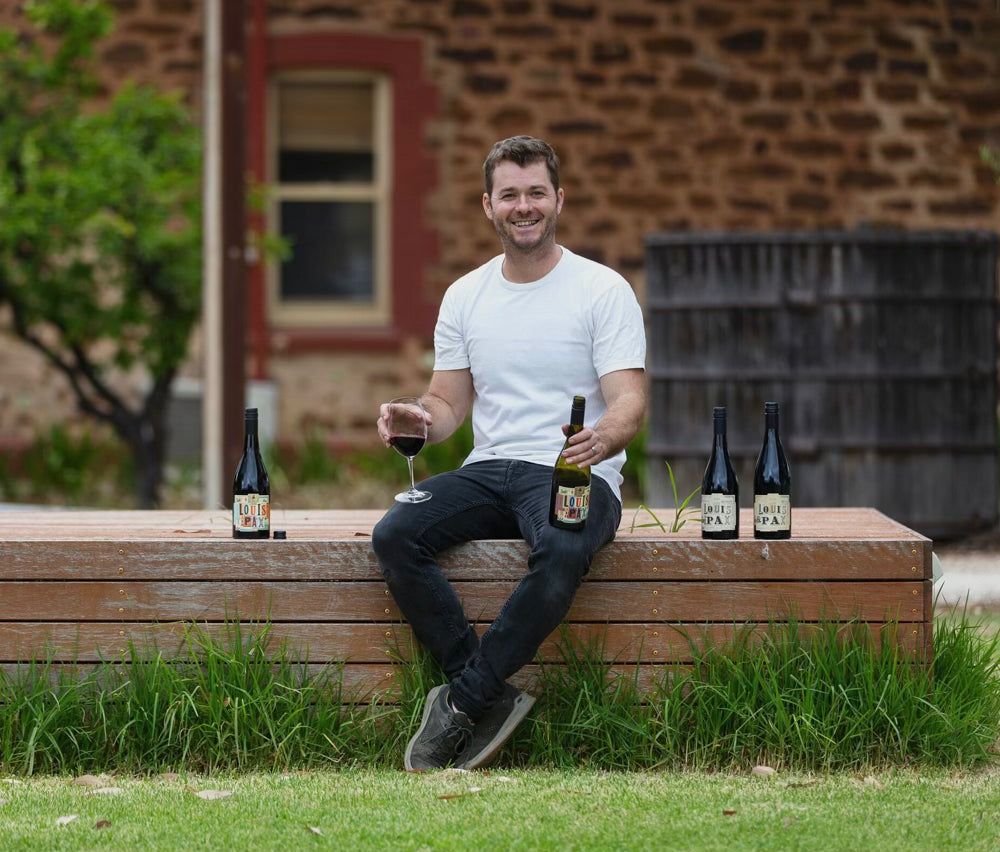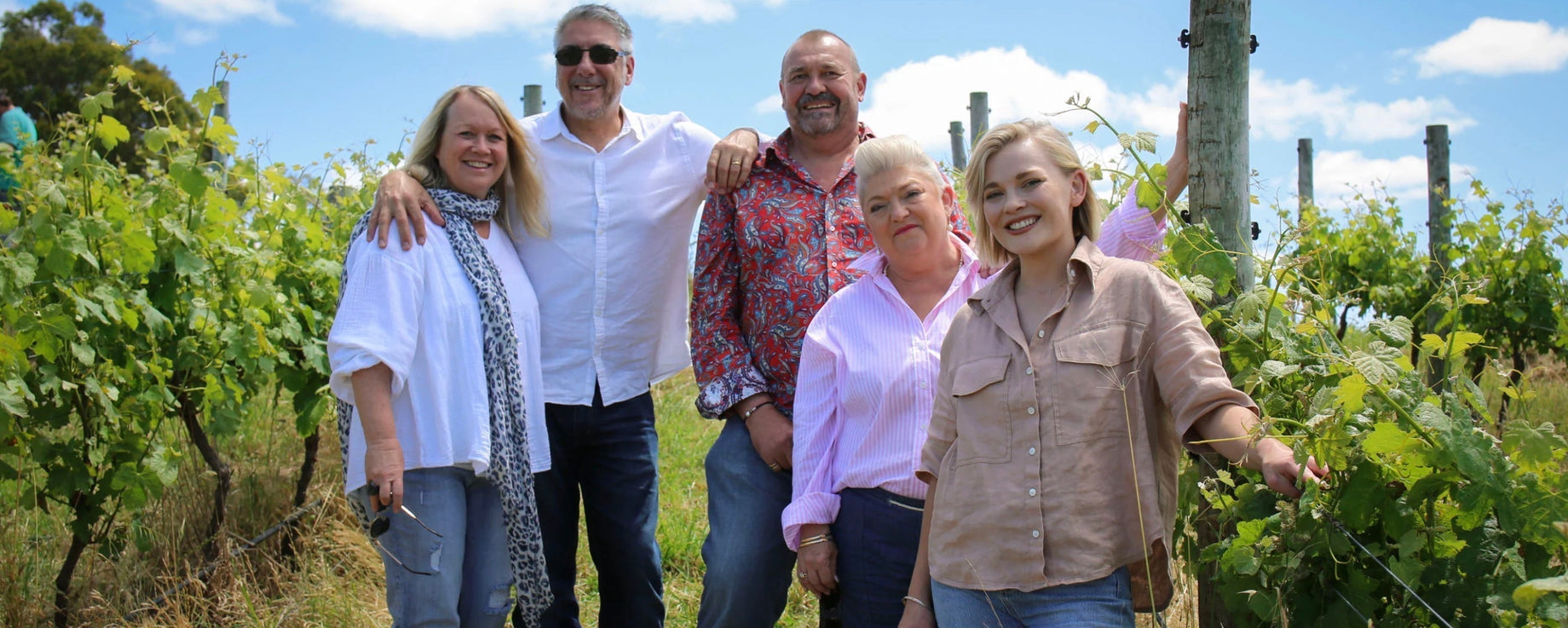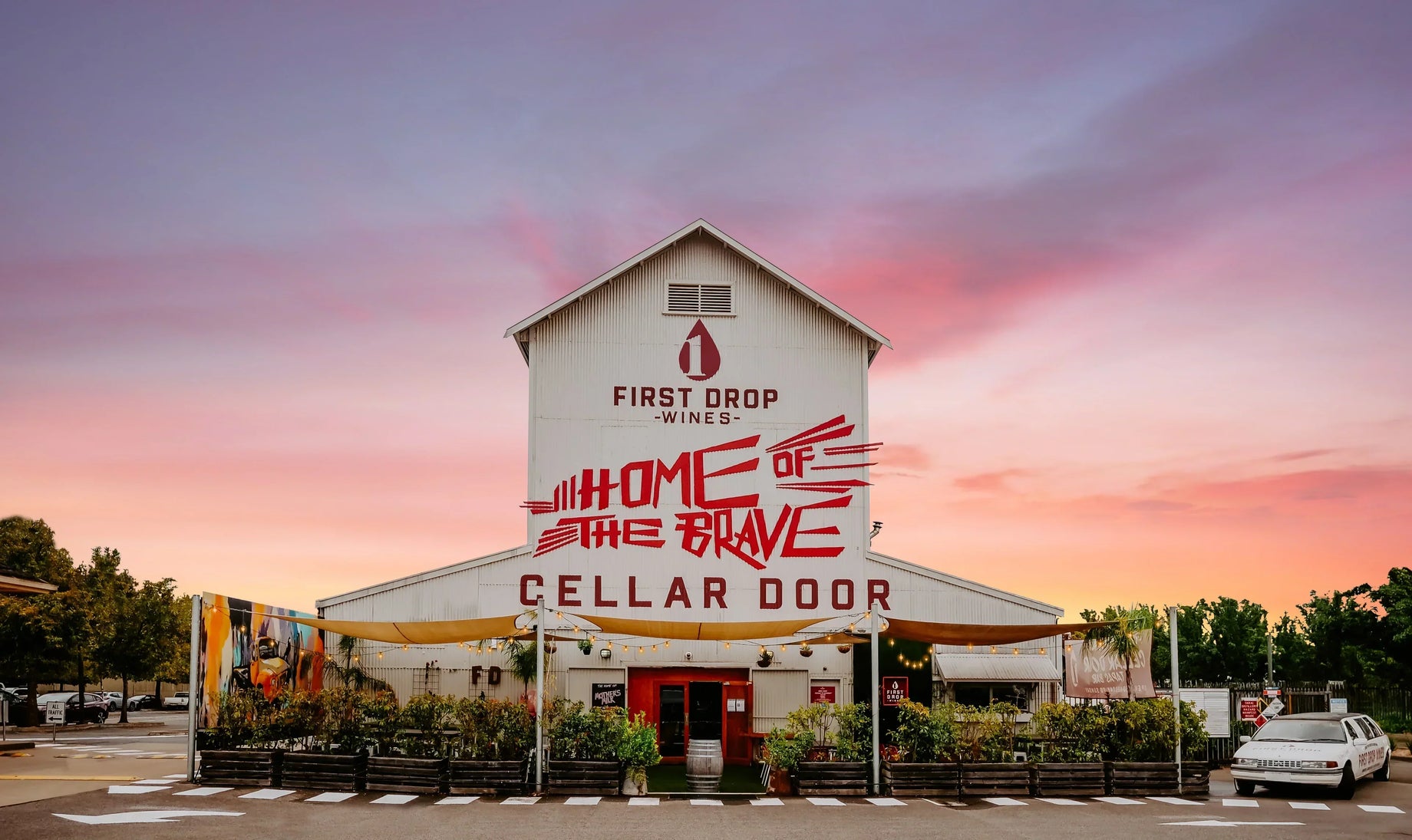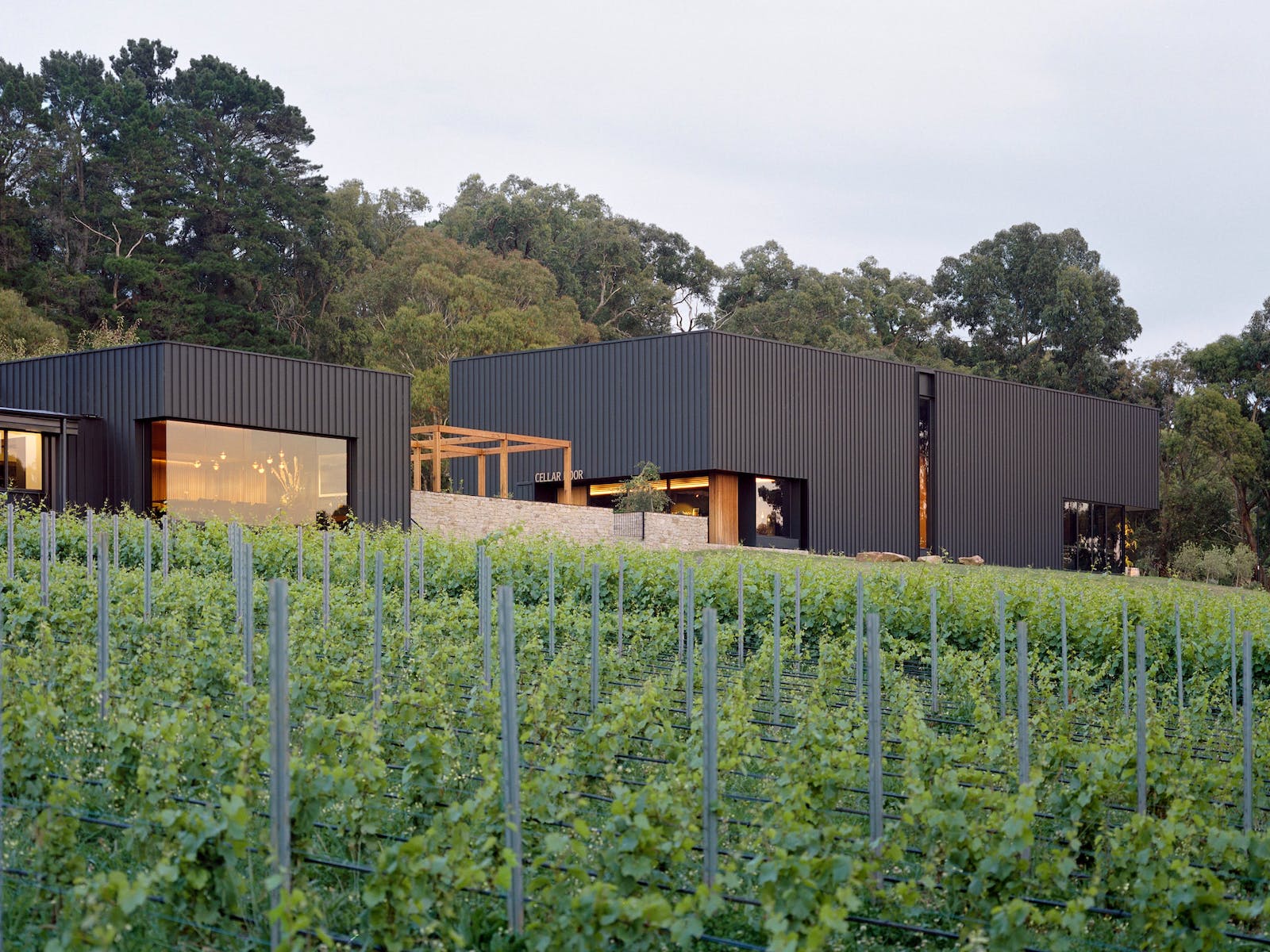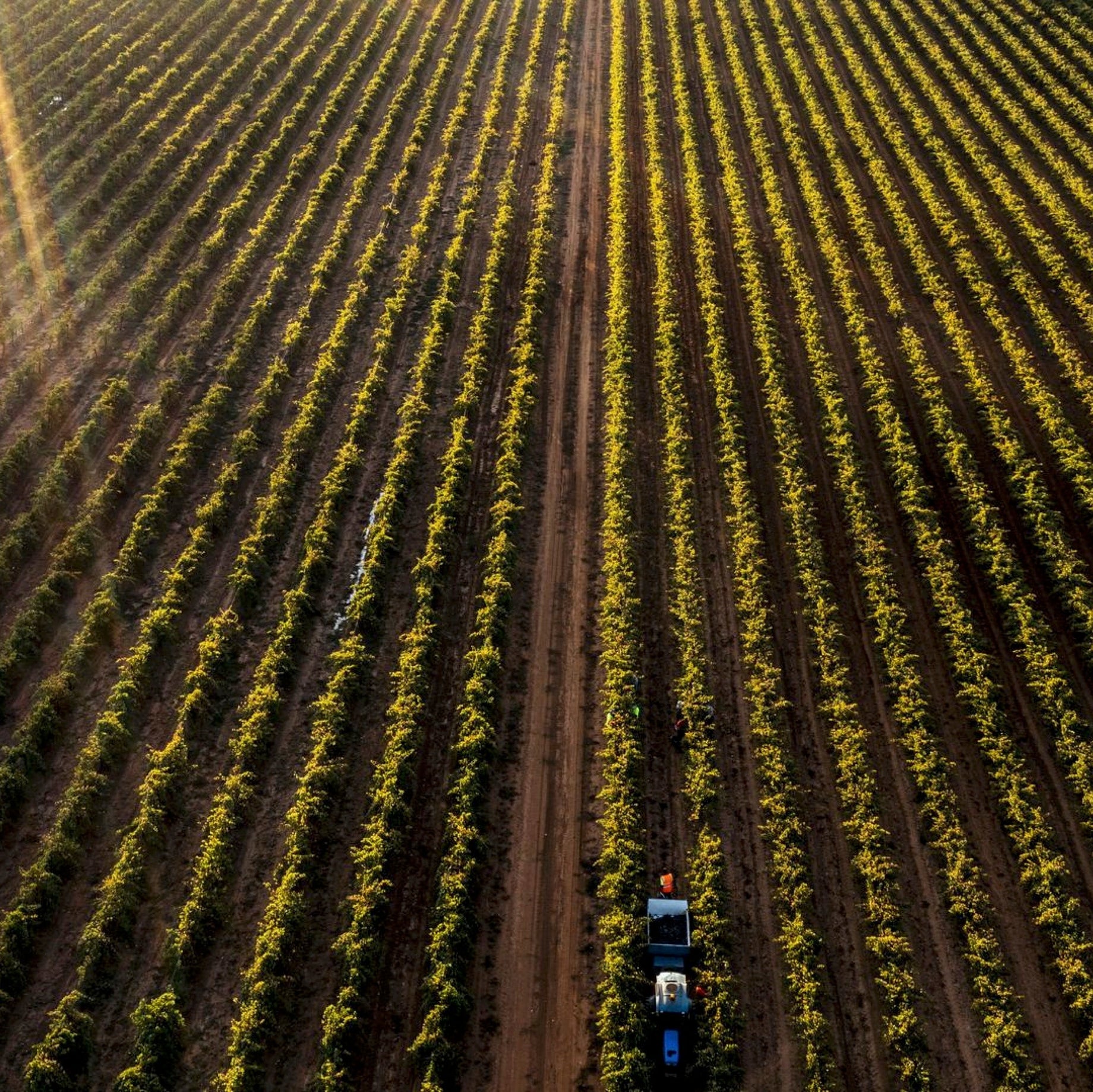How AI is Changing the Way We Discover and Buy Wine Online
Not so long ago, choosing a wine online meant reading reviews or trusting your gut. Today, you might just ask a chatbot or get a computer-generated recommendation tailored precisely to your taste. Welcome to the new world of wine shopping, where Artificial Intelligence (AI) and machine learning are your digital sommelier. In this article, we’ll explore how AI is transforming the way we discover and buy wine online – and what this means for you as a wine lover.
Smart Recommendations: Your Personal “Virtual Sommelier”
If you’ve ever seen a section like “You might also like” or “Recommended for you” on a wine site, that’s AI at work. Modern online wine retailers use machine learning algorithms to analyze purchasing data and palate preferences, then suggest wines you’re likely to enjoy. It’s as if the website learns your taste over time – because, in a way, it does!
A great example is Vivino’s AI-driven recommendation system, which crunches millions of user ratings to generate a personalized “match score” for wines:contentReference[oaicite:29]{index=29}. This means when you log in, the platform highlights wines that align with your unique profile. Other retailers have similar engines; after a few orders or rating some wines, you’ll notice the suggestions getting more tailored. Over time, this AI becomes a virtual sommelier who knows if you’re into bold Barossa Shiraz or zesty Marlborough Sauvignon Blanc.
What this means for you: Embrace these recommendations! They can save you time and introduce you to wines you might not have found on your own. Of course, no algorithm is perfect – treat suggestions as friendly advice, not gospel. But as the tech learns from more wine drinkers, it’s continually improving. You might be surprised how often that “you may also like” bottle becomes a new favorite.
ChatGPT and Wine Advice: Asking AI for Pairings & Picks
The rise of AI chatbots like ChatGPT has spilled over into the wine world. Imagine having a chat conversation to get wine tips: “I’m making spicy Thai curry, what wine should I pair?” – and an AI instantly responds with a few spot-on suggestions. This is becoming reality. Some wine websites and apps now integrate chatbot assistants. They leverage vast databases of wine knowledge (and sometimes customer reviews) to answer questions in a human-like way.
Even outside specific wine platforms, adventurous consumers are using general AI like ChatGPT for wine help. In one story, an event planner asked ChatGPT to pick wines for a lunch – and it came back with well-paired choices (albeit slightly overshooting the budget):contentReference[oaicite:30]{index=30}. It shows the potential: AI can parse food flavors and wine styles to make pairing recommendations that normally require expert knowledge.
How Wine Simple embraces this: We’re excited about chatbot technology as a tool to assist our customers. While we won’t say “AI knows best,” we believe it can be a fun and informative guide. We’re experimenting with an AI-driven assistant on our site that can answer questions like “What’s a dry red under $30?” or “Tell me about this winery.” Think of it as having a wine guru on call 24/7. Of course, our human team is always here too – AI is an enhancement, not a replacement for personal touch.
Virtual Tastings and AI-Powered Apps
Beyond shopping, AI is enhancing how we taste and explore wine virtually. Augmented reality (AR) wine labels (like the famous 19 Crimes app) brought interactive storytelling via your phone. Now, AI is taking it further with apps that can identify a wine from a photo and tell you all about it, or even predict whether you’ll like it.
There are AI-powered wine scanners where you snap a label, and the app instantly shows reviews, tasting notes, average price, and suggests similar wines you might enjoy:contentReference[oaicite:31]{index=31}. It’s like Shazam for wine bottles. This tech helps users make informed choices on the spot – whether browsing a wine shop or your own cellar.
For those wanting to refine their palate, some platforms use machine learning to customise virtual tastings. They might send you sample vials of wine and have you rate them online; the AI then learns your preferences (perhaps you like cherry notes, but not too oaky) and recommends wines accordingly. It’s hyper-personalisation in action.
AI in the Winery and Supply Chain
It’s not just the front-end consumer experience – AI is also helping winemakers and retailers behind the scenes, which ultimately benefits wine buyers. Wineries use AI for quality control, predicting optimal harvest times, or even blending wines with certain flavor profiles. There’s talk of AI being used to evaluate wine quality and consistency, assisting winemakers in maintaining the style that consumers love:contentReference[oaicite:32]{index=32}.
On the retail side, machine learning helps manage inventory – predicting which wines will be popular (so they stock enough) and setting dynamic pricing for deals. If an AI notices that a particular Shiraz is trending (maybe it got a high score from a critic), a retailer might pre-emptively promote it or bundle it. All this means a more responsive marketplace, with offers more closely tuned to what customers want.
What Does the Future Hold?
The intersection of AI and wine is still in early days but evolving rapidly. Here are a few things we anticipate:
- Proactive Wine Assistants: You might get a notification from an AI assistant that knows your preferences: “It’s going to be 30°C this weekend – how about these chilled whites you liked last summer?” This kind of proactive recommendation could come via your shopping app or email.
- Improved Taste Matching: As AI gets data from more and more palates globally, it will better predict what wines newbies will enjoy. This could take the form of a short quiz about your food/drink likes, after which the system accurately suggests wines you’ll probably love – great for beginners who feel lost in the wine world.
- AI-Curated Subscriptions: Instead of a fixed wine club, imagine an AI picks 6 wines for you each quarter based on your reviews and seasonal trends. Each box gets smarter in matching your taste. Some services are already heading this way, using algorithms to customize selections for each subscriber.
- Voice Commerce: With AI voice assistants (think Alexa or Google Home), ordering wine might be as simple as saying, “Order a bottle of Barossa Shiraz under $50 for delivery.” The AI will handle finding a match and placing the order with your preferred retailer. It’s hands-free convenience.
Of course, wine is deeply personal and subjective. AI is there to augment, not replace, the joy of discovery. The human element – your own taste buds and curiosity – will always be the final judge. But these technologies can remove some guesswork and introduce us to great wines in an efficient way.
Embracing the Tech, Keeping the Tradition
At the end of the day, whether a recommendation comes from an old friend or a clever algorithm, what matters is that you find wines you truly enjoy. AI is making the hunt easier and a bit more futuristic. Wine Simple is embracing these innovations to enhance your shopping experience – from using intelligent recommendation systems to considering new AI tools that make exploring wine fun and interactive.
The marriage of an ancient craft (winemaking) with cutting-edge technology (AI) is one of the most exciting developments in the wine world. So next time you get a spot-on wine suggestion on our site or find yourself chatting with a wine bot, you’ll know there’s some serious tech behind that simple experience. Here’s to a future where picking a great bottle is as easy as saying, “Hey Siri, find me a wine,” and getting exactly what you wanted. Cheers to the new age of wine discovery!


